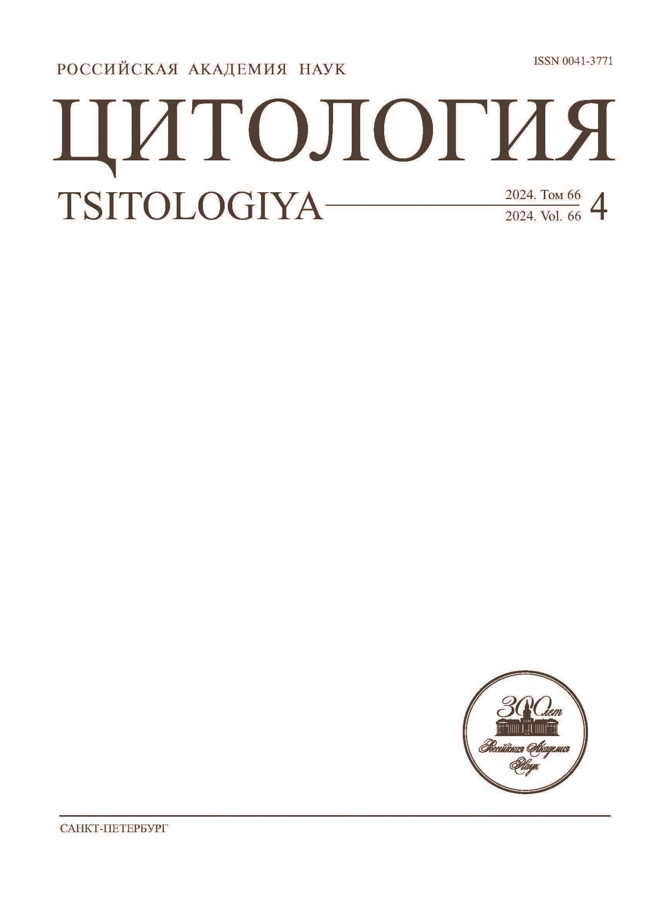The culture of equine adipose tissue-derived mesenchymal cells in serum-free media
- 作者: Savchenkova I.P.1
-
隶属关系:
- Federal Science Center Skryabin and Kovalenko All-Russian Research Institute of Experimental Veterinary RAS
- 期: 卷 66, 编号 4 (2024)
- 页面: 355-366
- 栏目: Articles
- URL: https://rjonco.com/0041-3771/article/view/669500
- DOI: https://doi.org/10.31857/S0041377124040043
- EDN: https://elibrary.ru/QCYGHE
- ID: 669500
如何引用文章
详细
Mesenchymal stem/stromal cells (MSCs) isolated from equine adipose tissue (AT) represent a promising material for the creation of bioveterinary products for the prevention and treatment of many diseases. The production of these cells for clinical use requires improved serum-free culture conditions. The microenvironment can influence the properties of MSCs. It is believed that the requirements for culture conditions without animal blood serum are species specific. The purpose of this study was to evaluate the commercially available serum-free media (SFM) MesenCult (STEMCELL Technologies, USA), created for human MSCs, for the cultivation of equine MSC(AT). One part of the cells was propagated for 10 passages in the standard DMEM medium with a low glucose content (1 g/l) and 10% fetal bovine serum (FBS), and the second in SFM. The results show that the propagation of equine MSCs in MesenCult serum free, intended for the cultivation of human MSCs, is possible, since the cells adapt well to it and retain properties characteristic of cells that are cultured in DMEM with FBS: morphology, growth rate, doubling time and mitotic index, clone-forming abilities, diploid set of chromosomes, a large number of cells with the CD90 phenotype (90.8%) and low with the CD31 (0.8%), CD34 (0.9%) phenotype, as well as the potency for induction of differentiation into adipo-, osteo- and chondrogenic directions. Equine MSC(AT) showed stable characteristics after being cultured for 10 passages in SFM, providing a promising basis for their further use. Our results demonstrate that MesenCult media may be an alternative for serum-free culture of equine MSC(AT) for expansion in preclinical studies.
全文:
作者简介
I. Savchenkova
Federal Science Center Skryabin and Kovalenko All-Russian Research Institute of Experimental Veterinary RAS
编辑信件的主要联系方式.
Email: s-ip@mail.ru
俄罗斯联邦, Moscow
参考
补充文件












